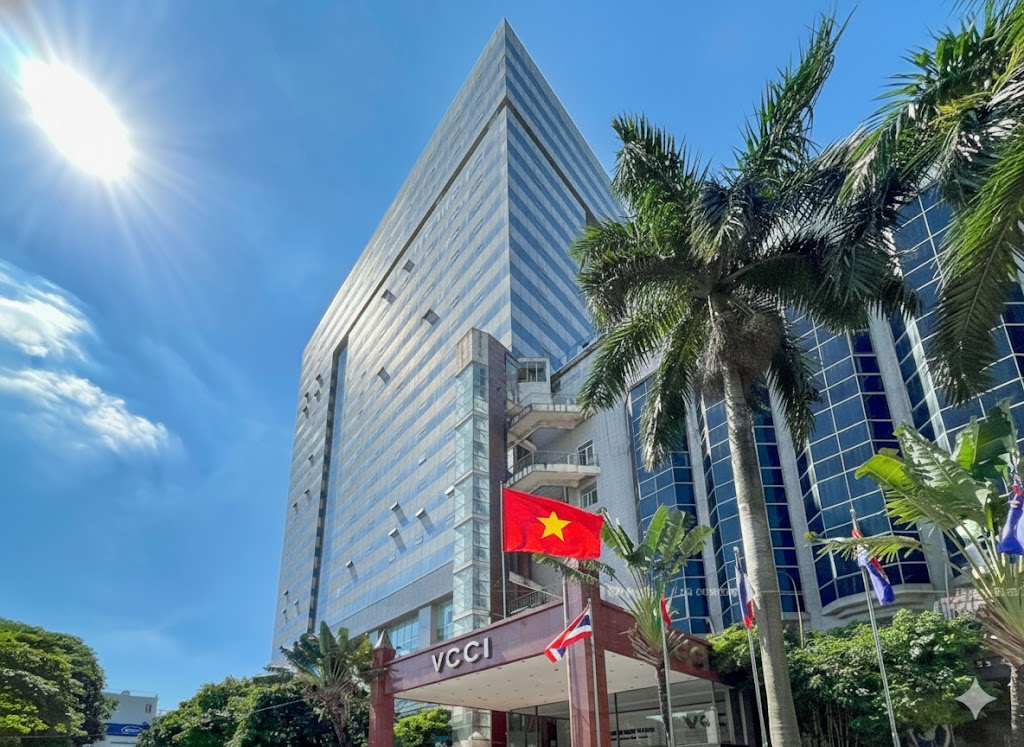Leveraging Economic Resources to Strengthen Market Economy
Industrial Revolution 4.0 and the evolving global landscape in the Indo-Pacific region present many development opportunities for Vietnam in this new era.

Illustrative photo
In order to achieve the target GDP growth rate of 6 - 6.5% in 2024 set by the National Assembly, in early 2024, the Government issued Resolution 01/NQ-CP on the main tasks and solutions to implement the Socio-Economic Development Plan and the State budget estimate for 2024.
However, data indicates that Vietnam is confronting many challenges causing instability in the macroeconomy. These include a slowdown in economic growth, difficulties in the real estate and financial markets, rising bad debts in banks, and increasing pressure from bond maturities. The economic outlook for 2024 remains challenging, with external risks and uncertainties showing no signs of resolution and potentially intensifying compared to 2023. The situation is further exacerbated by threats to global economic growth, driven by the ongoing pandemic, inflation, and a weakened global financial system. Escalating military conflicts in Ukraine and the Middle East, alongside disruptions in raw material supply chains, pose additional risks.
In addition, Super Typhoon Yagi caused severe destruction, with estimated damages of VND40 trillion to northern localities, resulting in a 0.15% reduction in this year’s GDP compared to previous projections. Furthermore, the market economy is facing unhealthy and unfair competition and the inefficiency of state-owned enterprises and projects, hindering the full potential of the market economy
In particular, currently, enterprises and workers are facing many difficulties and challenges directly related to production and business activities and affecting the employment and income of workers. According to a survey report by the Vietnam Chamber of Commerce and Industry (VCCI) conducted in Ho Chi Minh City and some southern provinces and cities recently, regarding the production and business prospects of enterprises: Nearly 70% of businesses have experienced a reduction in orders, and over 20% are uncertain about their production outlook in the near future, driving companies to continue cutting jobs, while consumer demand continues to decline.
In addition, the internal challenges of an open economy and the impact of the current global crisis on Vietnam are becoming increasingly serious, as the manufactured capital of the economy in general as well as input prices of many businesses increase (gasoline prices have increased sharply and retail electricity prices tend to increase). Forecasts show that climate change and environmental pollution not only affect health but also increase living and travel costs for people, in the context that we are also facing the challenge of reforming wage policies for workers. Moreover, as a trade deficit country, Vietnam is highly vulnerable to inflationary pressures in other nations. When inflation rises abroad, it significantly impacts import businesses.
Solutions to strengthen the market economy
We need to implement a package of both short-term and long-term macroeconomic solutions that generate positive effects across the broader economy, aiming to strengthen the market economy as a whole, rather than favoring a single sector or individual enterprise. The following five solutions are proposed:
Monetary policy: It is necessary to closely monitor price developments to consider reducing interest rates and credit conditions so that businesses and people, especially those in the agricultural sector, which is the sustainable foundation for the current economy, can access credit. Regarding debt settlement, the State Bank should continue to implement measures to support credit institutions and foreign bank branches to restructure debt repayment terms and maintain debt groups to support customers in difficulty, because 2024 remains a difficult year for many businesses and banks.
In managing price, wage and monetary policies, it is necessary to ensure that the consumer market operates healthily so that honest workers can access essential goods. Special attention should be given to ensuring that middle-income families, particularly young couples with stable incomes, have access to affordable housing to ensure a sustainable society.
The monetary market (especially in the context of a weak domestic currency) is always closely linked to the real estate market, strong foreign currencies and precious metals. Therefore, it is necessary to combine monetary policy with effective fiscal and tax policies as well as exchange rates to combat speculation and waste of resources, ensure the circulation of money and sectors that create infrastructure and jobs for society.
Fiscal policy: We should continue to extend the implementation of tax deferral and reduction measures and accept a certain level of budget deficit to support more sustainable economic growth. We need to build a fair and transparent fiscal policy to enhance the efficiency of the market economy. Tariff policy needs to be operated proactively and flexibly to protect domestic production and consumption markets during the integration process.
Public investment: It is necessary to promote the planning and development of synchronous transport infrastructure. This measure will help increase production capacity in the long term, promote public investment, stimulate aggregate demand, support economic growth in the short and medium term, create jobs and reduce dependence on labor export policies. The draft amended Law on Public Investment, approved by the National Assembly during its 8th Session, must shift away from the traditional mindset of "asking and giving." It should focus on enhancing initiative and accountability at the grassroots level to accelerate disbursement. Additionally, strengthening relationships with both the domestic and foreign investment communities is needed to mobilize resources for the capital market.
Science and technology policy: It is necessary to increase the investment/expenditure ratio on science and technology, research and development (R&D) in the total state budget expenditure. This ratio in Vietnam is still low, according to statistics, only about 0.42% of GDP. There should be a mechanism to encourage the private sector to invest in science and technology activities and R&D through state funds, and through perfecting the mechanism for venture capital funds to develop sustainably, through creating credits to support innovation - creativity in science and technology development as well as management of development resources.
Forecasting: We need to forecast market supply and demand based on summarizing the results of implementing solutions to stabilize the macro-economy and research the international market, finding suitable economic development models so that Vietnam can best respond to fluctuations in the world and in the country.








